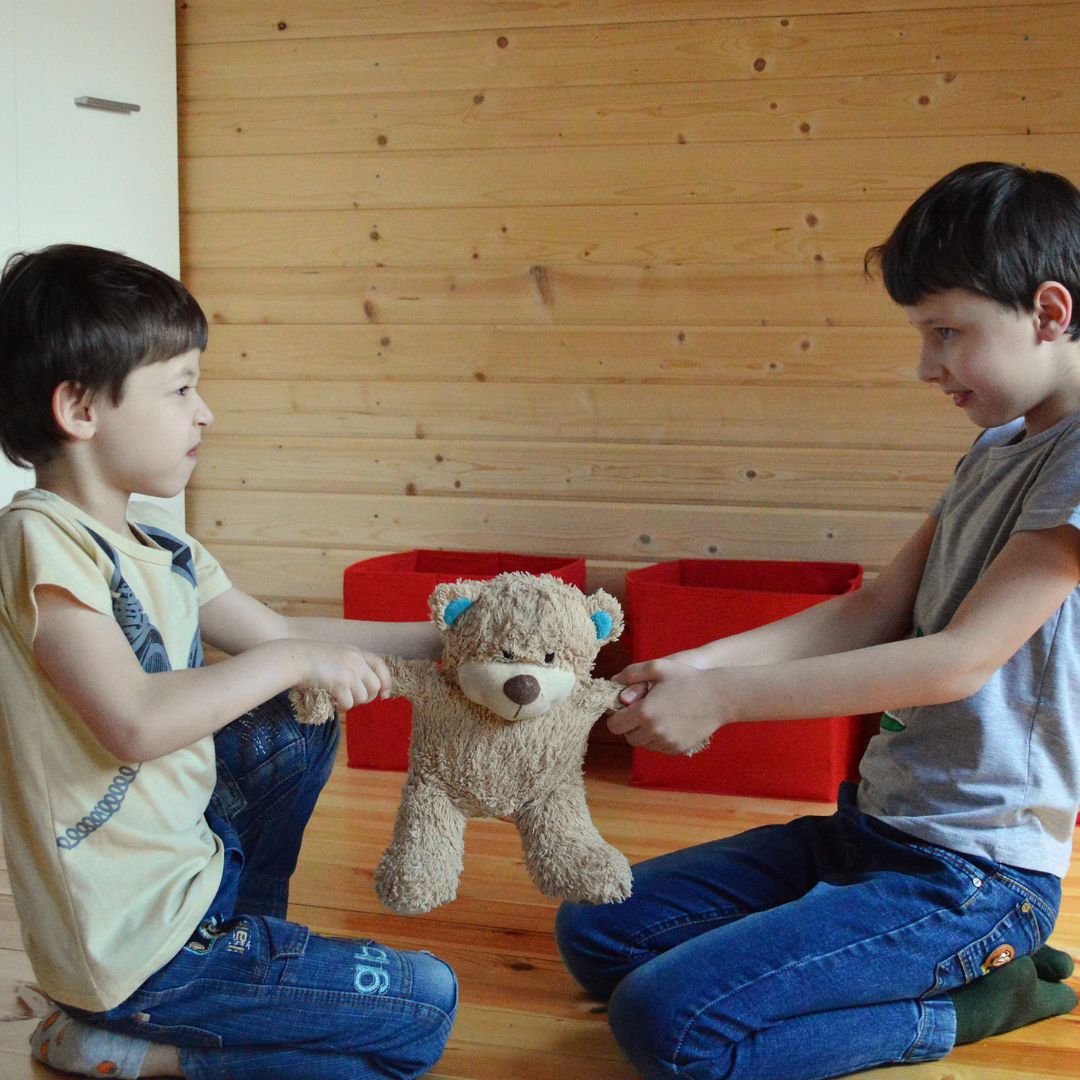
What are the Disadvantages of Blended Family?
If you are considering merging your family with your significant other by getting married, you may be wondering: “What are the disadvantages of blended family?”
Some common disadvantages are: issues with adjusting, conflicts in co-parenting styles, increased financial burdens, and emotional impact on the children.
However, even in ‘regular’ families, these items exist, they are just compounded with a blended family due to the sudden combining of new family members under the same roof.
A blended family, or stepfamily, encompasses a couple that has children from previous relationships.
While such families can be filled with love and understanding, they also come with specific challenges.
This article will delve into these disadvantages, shedding light on the complexities of blended families.
Disadvantages of a Step Family
One of the primary disadvantages of a step family revolves around the difficulties in adjustment.
The formation of a stepfamily often means new living arrangements, different parenting styles, and the need to share attention and resources with step-siblings.
These changes can create stress for both parents and children alike.
For instance, children might struggle with feelings of disloyalty to their biological parent when forming relationships with a stepparent.
Similarly, parents may grapple with balancing their role as a spouse and a step-parent, which can strain the marital relationship.
Moreover, the financial implications of a blended family, including child support and alimony, can bring added stress to the household.
Impact on Children
Another significant disadvantage of blended families is its potential impact on children’s well-being.
Studies have shown that children in stepfamilies are more likely to experience behavioral or emotional problems compared to those from nuclear families.
Factors such as inconsistent discipline, conflicting rules, and divided loyalties can contribute to these issues.
Additionally, children in blended families may struggle with their identity and sense of belonging.
They may feel like they don’t fit in with either family or that their biological parent has abandoned them.
This can lead to feelings of resentment and isolation within the household.
Psychological Effects of Blended Families
Blended families can also have significant psychological effects on their members.
Children, in particular, can experience a range of emotions, from confusion and resentment to feelings of being overwhelmed.
The transition to a blended family can disrupt a child’s sense of stability and routine, leading to behavioral issues or academic struggles.
Stepparents may also face psychological challenges.
They may feel pressure to establish an instant bond with their stepchildren, leading to feelings of frustration if this connection doesn’t form quickly.
Moreover, they might feel isolated or excluded, particularly if the children resist accepting them as a new parental figure.
These challenges can strain the relationship between the stepparent and biological parent, ultimately impacting the family dynamic.
Final Thoughts
While blended families can offer a fresh start and a chance for happiness post-divorce or the loss of a partner, they also present unique challenges.
Understanding the potential disadvantages of a blended family can help individuals prepare and navigate these complexities more effectively.
Remember, every family, blended or not, has its struggles. It’s how we address these obstacles that truly defines us as a family unit.